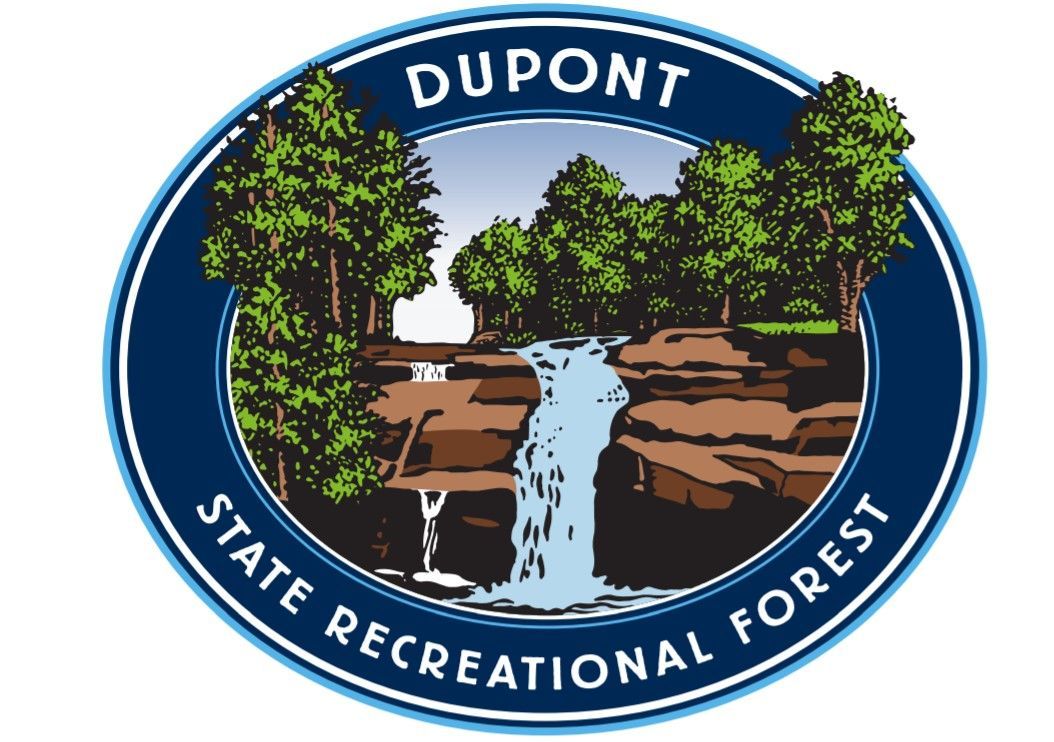Fat Tire Riding Etiquette
Tips for Fat Tire Riding Out On the Trails

It's thrilling and enjoyable to ride a bike in the snow. And the popularity of fat biking is skyrocketing. Because of this, trail organizations all around North America and elsewhere have been grooming and caring for expanding winter trail networks. It's basically a new sport, and with a new sport comes a new set of rules for ensuring that everyone has a good time on the trails. Some would refer to it as politeness. Finding a piece of trail that someone has ripped up and rendered impassable by failing to follow some basic fat bike etiquette will ruin even the best fat bike experience.
Keep the trails in excellent condition for everyone.
It takes a lot of time to maintain and groom routes for fat bikes. Additionally, they can be extremely quickly destroyed in rainy weather, like many trails, which increases the duty of volunteer groomers.
Many of the fat bike routes exist with little to no grooming and management from a trail group. They depend on kindhearted people to do things like load the trail with snowshoes. This makes it even more crucial for riders to voluntarily obey some fundamental rules in order to maintain the trails' quality.
Riders can maintain the trails in good condition and make them available for use by everyone by adhering to a few simple rules.
Here is how to avoid the stink-eye from other riders!
- Use fat tires.
- Try to stay on the trail.
- Reduce tire pressure If it's too hot, stay indoors
- Give way to uphill traffic
- Don't slide it; ride it
Use Fat tires
Sounds easy, doesn't it? When biking in cold circumstances, fat tires are advised, as the phrase "fat biking" suggests. Most trail groups advise or even demand that riders wear tires that are at least 3.7" (or wider). This is due to the weight of the bike and rider being distributed by the larger tires. The breadth makes you float over the snow better and leaves fewer ruts behind. Winter fat bike routes may be challenging to ride due to ruts. This policy is intended to discourage riders from using standard mountain bike tires on paths that are covered with snow. Deep ruts may be left behind by these tires, which will make riding for other riders less enjoyable. This, in my opinion, is the most crucial piece of advice in this article's discussion on winter fat bike etiquette. Studded fat bike tires can be useful or even necessary, depending on the riding environment and the type of riding you'll be performing.
Keep tire pressure low
Maintaining low tire pressure is related to utilizing large-width tires since low pressure improves float and lessens ruts. The lower the pressure you can apply depends on the size of your tire. Low tire pressure causes the tire to slightly flatten, which distributes your weight across more ground. 4-6 psi (depending on conditions) is what I personally found to be a reasonable range when utilizing 4.8" tires: 4 psi for gentler situations and 6 psi for firm conditions. Simple winter fat bike etiquette can help preserve vulnerable trails in excellent condition for everyone. Low tire pressure can make tires float on top of the snow, preventing ruts from being left behind in wet circumstances.
Stay away if it’s too warm
Even wide tires might start to make ruts if it warms up above freezing and the snow starts to melt. It's probably better to stay home or, if you can, ride early in the morning before temperatures start to climb if the day's forecast calls for temperatures far above freezing. Rusts left in soft, melting snow are bad enough, but when temperatures drop and the snow or ice refreezes, they become much worse. Once this occurs, the ruts won't disappear until the following major snowfall, which will then cover them.
Ride it, don’t slide it
Whether riding a fat bike or just a standard mountain bike, this is a wise rule to abide by all year long. In order to prevent locking up your back tire, you should "ride it, don't slide it," frequently while descending a steep and/or tricky piece of trail. Even with wide tires and low pressure, this can leave ruts on snowy surfaces. These ruts can make climbing that part very challenging for other riders if the trail is bidirectional. Not to mention that it can make the following person's attempt to descend considerably more difficult or, in the worst case, impossible. Try to regulate your descent with the front and back brakes to prevent slipping. You should stay on top of the snow and maintain that stretch of the trail for the following user as long as both wheels are moving, even slowly.
Yield to uphill traffic
This is fundamental behavior that is expected of riders at all times of the year. The rationale behind yielding to uphill traffic is that, in the event that the person ascending must stop, it will be more difficult for them to resume motion than it will be for the person descending. This regulation should be strictly adhered to when fat biking, in my opinion. When riding on snow, it can be very challenging, if not impossible, to begin a climb after coming to a stop. Additionally, walking your fat bike up rises can provide its own set of challenges, as we'll see in the following section.
Try to walk beside the trail
Try to walk off to the side of the trail if you do manage to fall off your bike while climbing. As you push your bike up the slope, it is not a problem to be on the trail. Footprints, however, can ruin otherwise good tread and make the climb considerably harder for the following rider. It's not always the simplest rule to adhere to. Sometimes the snow next to the trail is extremely deep and difficult to walk on or through. In other instances, trees may be closely spaced from the trail and make it difficult to leave it. Put yourself in the shoes of the following rider and use your best judgment. Would you want to try a climb that has been damaged by foot traffic?
Back to basics
Most trail organizations that maintain groomed trails adhere to these fundamental guidelines. Every organization may have extra rules unique to it. For instance, if the trail system includes XC ski routes, they could not be accessible to fat bikes. Or you might have to stay off of any track settings that are present. It is worthwhile to check out each area's webpage before visiting.
Having said that, if you adhere to the fundamental manners described above, you'll be well on your way to preserving excellent winter fat bike routes for all users. Riding on winter fat bike trails is a fantastic way to keep them in top condition. Therefore, go forward and contribute!














